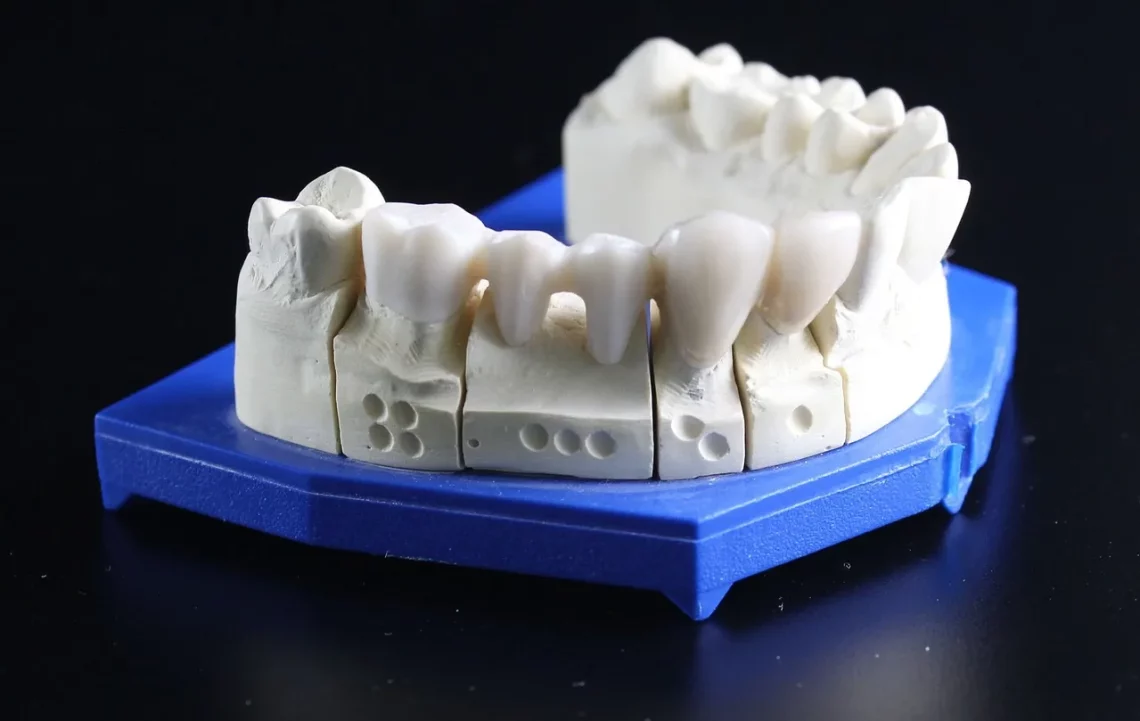
Understanding Dead Teeth in Dogs: Causes and Care Tips
Understanding the health of our beloved dogs is a crucial aspect of responsible pet ownership. Among various health issues that can affect our canine companions, the condition of their teeth often goes overlooked until it’s too late. Healthy teeth and gums are vital for a dog’s overall well-being, affecting not only their ability to eat but also their general health. Dental problems can lead to severe discomfort, infections, and even systemic health issues if not addressed properly. One such condition that may arise in dogs is the phenomenon of “dead teeth.” This term refers to teeth that have lost their vitality due to various factors, leading to significant health implications. When a dog’s teeth are compromised, it can result in pain, behavioral changes, and a decreased quality of life. Understanding the causes and symptoms of dead teeth can empower pet owners to take proactive measures in maintaining their dog’s dental health. This article aims to shed light on this crucial topic, providing insights into how to recognize signs of dental distress and what steps can be taken to ensure that your furry friend remains healthy and happy.
Identifying the Signs of Dead Teeth in Dogs
Recognizing the signs of dead teeth in dogs is essential for timely intervention and treatment. One of the most common indicators is a noticeable change in the dog’s behavior. If your furry friend starts to exhibit reluctance to eat, particularly hard foods or toys, this could signal dental distress. Dogs are often adept at hiding their pain, so any change in eating habits should be taken seriously.
Another telltale sign is a change in breath odor. While doggy breath is often less than pleasant, a particularly foul smell can indicate an underlying issue, such as decay or infection. Additionally, if you notice any swelling around the gums or significant tartar buildup, these are warning signs that the teeth may not be healthy.
In some cases, you might observe discoloration of the teeth themselves. Dead teeth may appear darker than healthy teeth, displaying shades of gray or even black. This discoloration often accompanies other symptoms, such as pain or discomfort when chewing.
Excessive drooling can also be a sign of dental issues, especially if it is accompanied by difficulty in closing the mouth or chewing. Some dogs may paw at their mouths or exhibit signs of anxiety or distress, indicating that something is amiss.
If you notice any of these symptoms, it is crucial to consult a veterinarian promptly. Early detection can make a significant difference in treatment options and outcomes. Regular dental check-ups can also help in identifying issues before they escalate, ensuring that your dog maintains a healthy mouth.
Common Causes of Dead Teeth in Dogs
Understanding the common causes of dead teeth in dogs can help pet owners prevent this painful condition. One of the primary culprits is dental trauma. Dogs are playful creatures and may accidentally injure their mouths while chewing on hard objects or during rough play. Such trauma can lead to the death of the tooth pulp, resulting in a dead tooth.
Another significant cause is advanced periodontal disease. This condition occurs when plaque and tartar buildup lead to inflammation and infection of the gums. If left untreated, it can eventually affect the tooth root, causing it to die. Regular dental cleanings and good oral hygiene practices can help prevent the onset of periodontal disease.
Infections can also play a role in the death of a tooth. Bacterial infections can invade the tooth’s interior, leading to necrosis. This often occurs following untreated cavities or fractures that allow bacteria to enter the tooth.
Certain systemic health conditions may predispose dogs to dental problems as well. Diseases such as diabetes can compromise a dog’s immune system, making them more susceptible to infections, including those in the mouth.
Genetics can also influence a dog’s dental health. Some breeds are more prone to dental issues, including small breeds that may suffer from overcrowded teeth. Understanding your dog’s breed and predispositions can help you take preventive measures.
In summary, recognizing the common causes of dead teeth can empower pet owners to take proactive steps. Regular veterinary visits, maintaining good oral hygiene, and being aware of your dog’s behavior are essential in preventing dental problems.
Preventative Measures to Maintain Dental Health
Preventing dead teeth in dogs requires a combination of good oral hygiene practices and regular veterinary care. One of the most effective ways to maintain your dog’s dental health is through regular brushing. Using a toothbrush designed for dogs and toothpaste formulated for canine use can help remove plaque before it hardens into tartar. Aim to brush your dog’s teeth several times a week, if not daily.
In addition to brushing, providing dental chews can aid in reducing plaque and tartar buildup. Many products are available specifically designed to promote oral health while satisfying your dog’s chewing instinct. Look for treats endorsed by veterinary dental associations for maximum effectiveness.
Regular veterinary dental check-ups are crucial. Your veterinarian can perform professional cleanings and identify potential issues before they become serious. Some dogs may require dental cleanings under anesthesia, especially if there is significant tartar buildup or if they have underlying health issues that complicate their dental care.
Monitoring your dog’s diet can also play a role in dental health. Feeding a balanced diet that includes kibble can help reduce plaque accumulation compared to a soft food diet. Additionally, some specialized dental diets are formulated to promote oral health.
Lastly, pay attention to your dog’s mouth. Regularly check for signs of decay, gum disease, or discomfort. Being proactive can make a significant difference in maintaining your dog’s dental health and overall well-being.
Treatment Options for Dead Teeth
If a dog is diagnosed with dead teeth, treatment options will vary based on the severity of the condition. In many cases, extraction may be necessary to relieve pain and prevent further complications. This procedure is typically performed under anesthesia and involves removing the affected tooth and any surrounding infected tissue.
If the tooth has only recently died and there are no signs of infection, a veterinarian might recommend a root canal. This procedure aims to save the tooth by removing the dead pulp, cleaning the interior, and then sealing it. While this option is less common in dogs than in humans, it may be considered for certain teeth.
Following any dental procedure, your veterinarian will provide guidelines for post-operative care. This may include pain management, dietary modifications, and instructions on maintaining oral hygiene during the recovery process.
In cases where systemic health issues contribute to dental problems, addressing those conditions becomes crucial. For example, managing diabetes or other underlying health issues can help improve your dog’s overall dental health.
In conclusion, dealing with dead teeth in dogs requires a comprehensive approach that includes prevention, early detection, and appropriate treatment. Regular veterinary care and good dental hygiene practices are vital in maintaining your dog’s oral health and preventing painful conditions.
*Disclaimer: This article is for informational purposes only and does not constitute medical advice. Always consult a veterinarian for any health-related concerns regarding your pet.*




